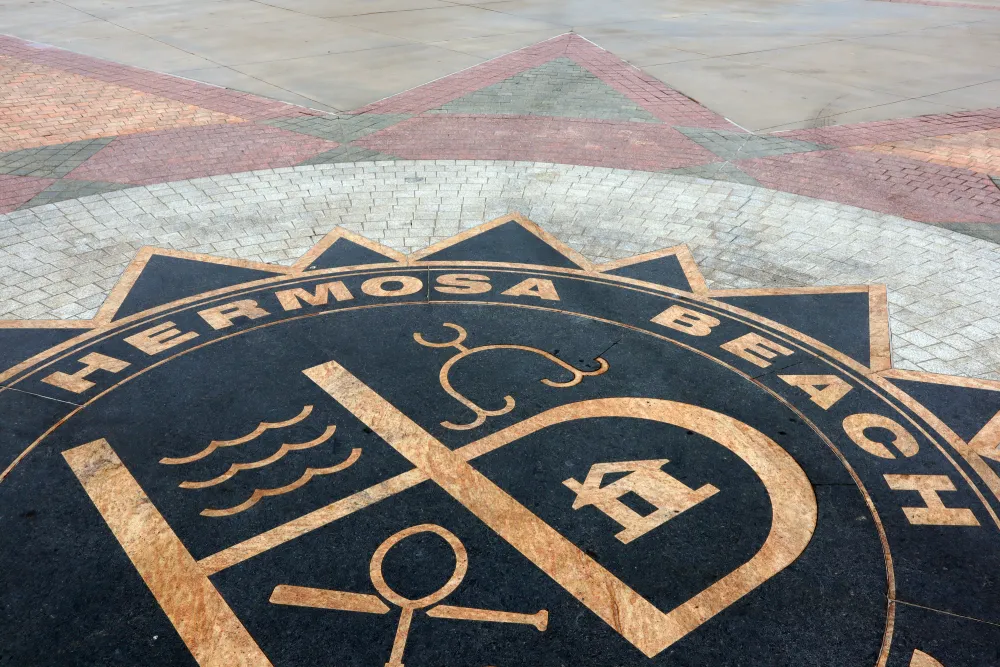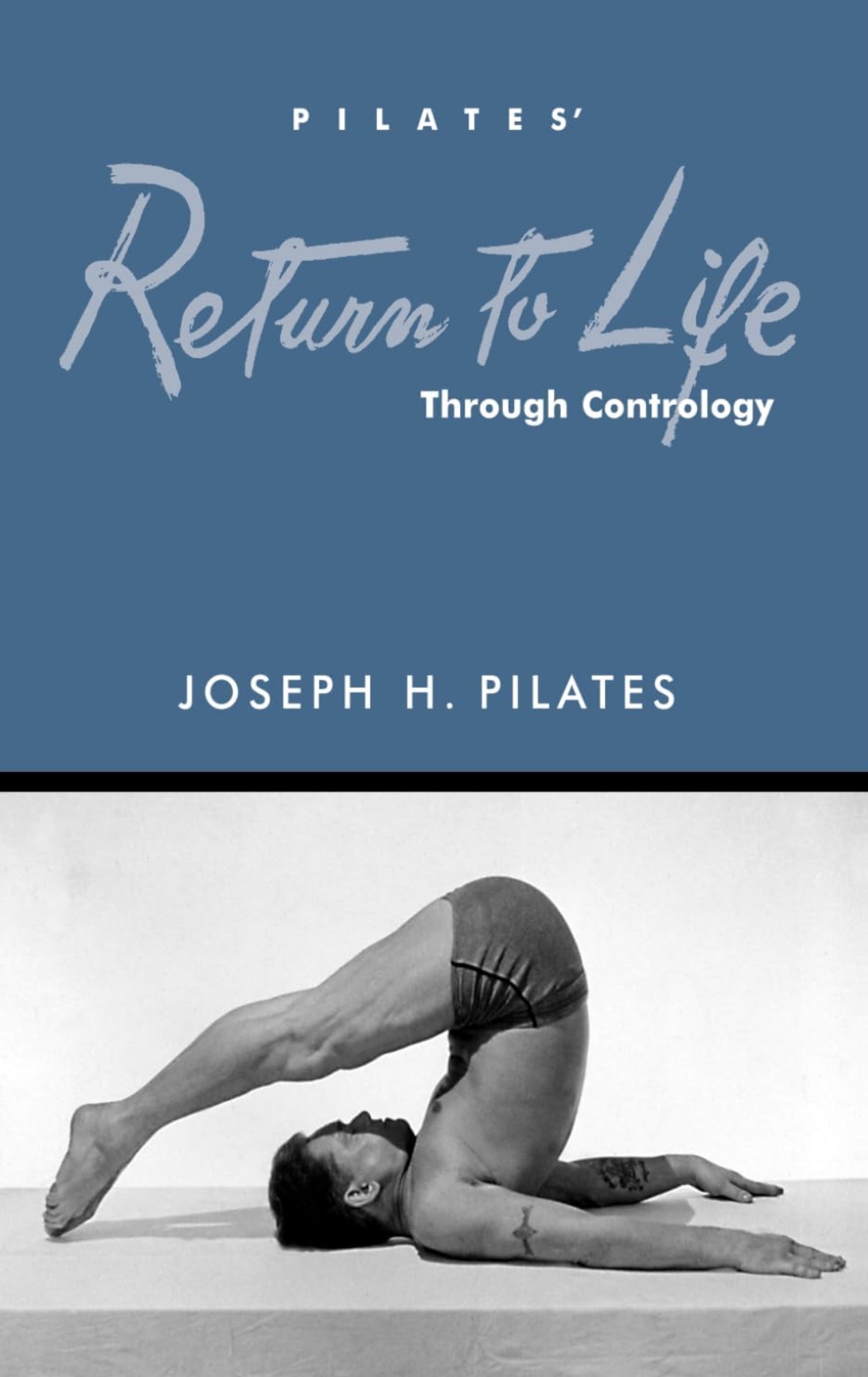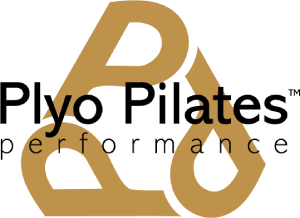For professional athletes, the line between peak performance and injury is razor thin. The demands of high level competition require not only explosive power and endurance, but also control, resilience, and balance. That’s why many elite athletes have turned to Pilates as a cornerstone of their training. Once thought of primarily as a rehabilitation or general fitness method, Pilates is now widely used in the worlds of baseball, soccer, surfing, basketball, and even football. It offers a unique blend of core stability, mobility, and mindful control qualities that help athletes stay game-ready across long seasons.
One of the biggest reasons athletes embrace Pilates is its emphasis on core stability and integrated movement. In sports that require sudden changes of direction, rapid twisting, or powerful strikes, the core acts as the engine that transfers energy from the ground up through the body. Pilates targets deep abdominal and stabilizing muscles that traditional weightlifting often overlooks. A 2023 systematic review on Pilates and sports performance found that the method consistently improves muscle strength, flexibility, and agility across different athletic populations, from badminton players to karate competitors (ResearchGate, 2023). In other words, Pilates doesn’t just make athletes stronger, it teaches them to move with greater efficiency and less risk of injury.
Flexibility and mobility are also key factors in performance longevity. Tight hips, hamstrings, or shoulders can lead to imbalances that decrease efficiency and increase injury risk. Pilates addresses these restrictions through controlled stretching and mobility focused exercises that improve range of motion while maintaining joint stability. Research in basketball players published in the Khel Journal (2024) showed that incorporating Pilates improved both flexibility and dynamic balance, crucial elements in a sport defined by cutting, jumping, and fast lateral movement. This mobility advantage is one reason why surfers like Kelly Slater and soccer players such as U.S. international Tim Ream have integrated Pilates into their ongoing training routines, crediting it with helping them stay competitive well into their 30s and 40s (GQ, 2024).
Beyond performance gains, many athletes rely on Pilates for injury prevention and rehabilitation. Because the method emphasizes precise, low-impact movement, it can be used to strengthen stabilizing muscles and correct imbalances before they turn into problems. In baseball, where repetitive throwing can wreak havoc on shoulders and backs, Pilates has proven especially useful. A study published in the International Journal of Sports Physical Therapy examined college baseball pitchers after a 10 week Pilates program. The athletes improved in measures of core endurance, dynamic balance, and even throwing velocity gains that translated directly to performance while lowering their injury risk (PMCID: PMC2953286).
These findings are echoed in other sports as well. A randomized controlled trial on soccer players compared mat Pilates to reformer-based sessions and found both approaches effective, though reformer Pilates produced greater improvements in agility and strength due to the mechanical resistance it provides (PMCID: PMC12094727). Runners have also benefited; a 12-week Pilates program improved running efficiency by reducing the metabolic cost of effort, allowing athletes to run faster and longer with less fatigue (ResearchGate, 2023). Collectively, these studies provide evidence that Pilates is far more than a “stretch class” it’s a performance tool backed by measurable outcomes.
The evidence isn’t just in the lab; it’s visible on the field. Major League Baseball’s Bryce Harper credited Pilates as a major part of his recovery and return to play after Tommy John surgery, noting that it rebuilt his hip mobility and core strength (GQ, 2023). NFL players, including Antonio Brown, have used Pilates to maintain flexibility and reduce stiffness during grueling seasons (Tight Dallas, 2024). In the soccer world, Tim Ream, who continues to compete at the highest level into his late 30s, has said Pilates has helped him build stronger legs, recover faster, and maintain durability across long campaigns (GQ, 2024).
It’s worth noting, however, that Pilates is not a magic bullet. Studies comparing Pilates to other forms of training suggest it should be seen as complementary rather than a replacement for traditional strength, conditioning, and plyometric work (PMC, 2022). Its true power lies in filling the gaps addressing movement quality, core control, and muscular imbalances that conventional training often overlooks. For athletes who already push their bodies to the limit, these small adjustments can mean the difference between a career cut short by injury and one that extends with consistent performance.
Ultimately, Pilates provides athletes with more than just a workout; it offers a strategy for longevity, resilience, and mindful movement. The research supports its impact on strength, flexibility, balance, and efficiency, and the real-world examples from athletes across sports demonstrate how it translates to game ready performance. Whether it’s a baseball pitcher trying to add velocity without sacrificing his shoulder, a runner aiming for efficiency, or a surfer looking to stay limber, Pilates continues to prove its worth as a secret weapon in the athlete’s toolbox.




